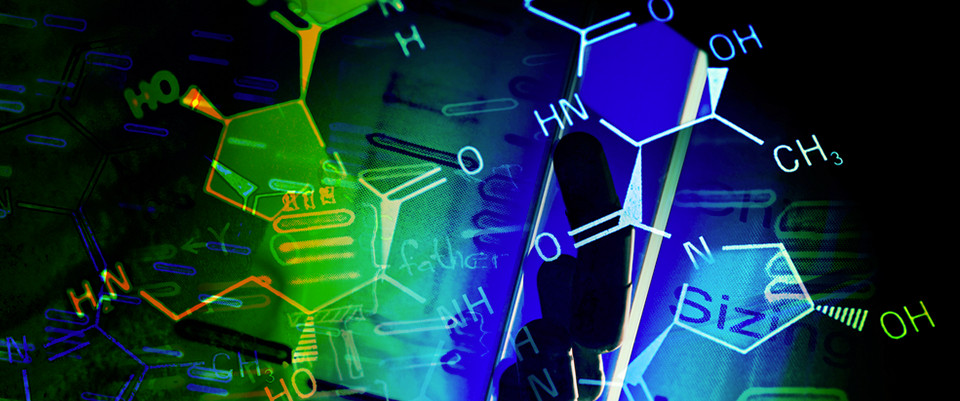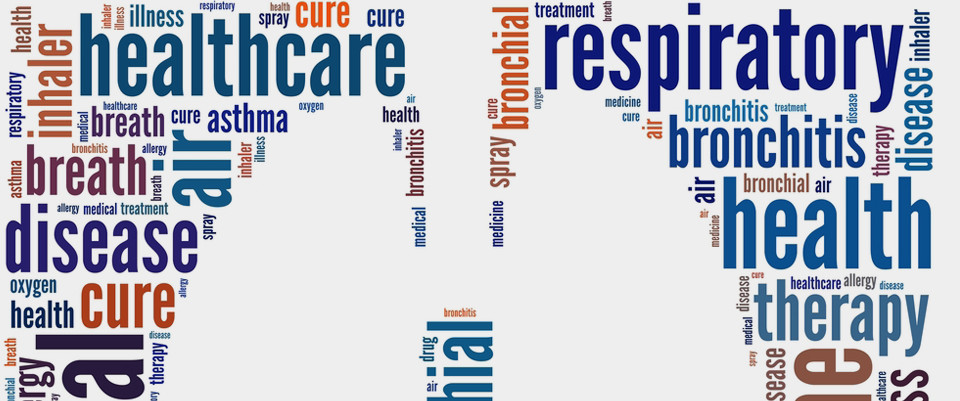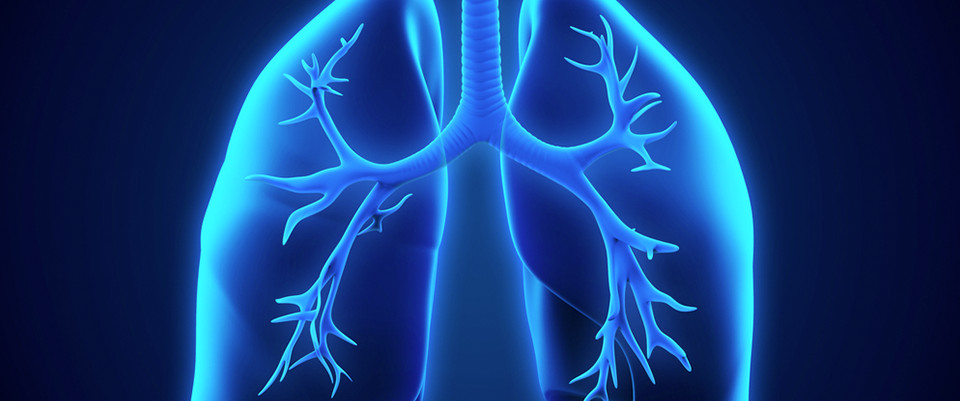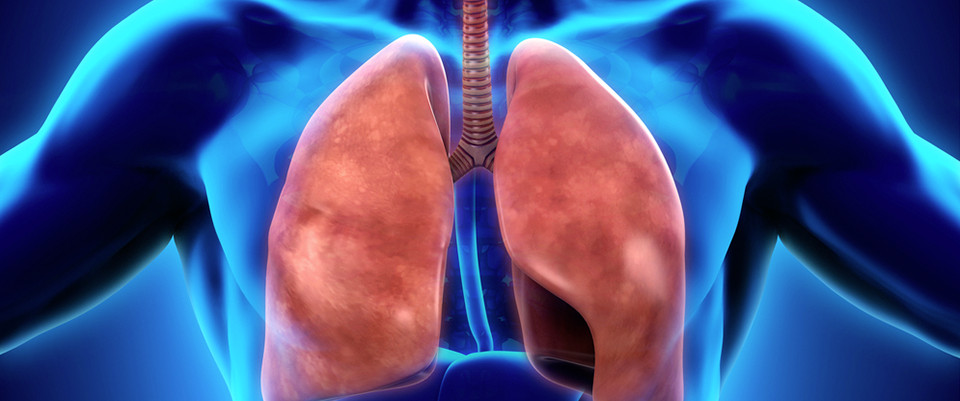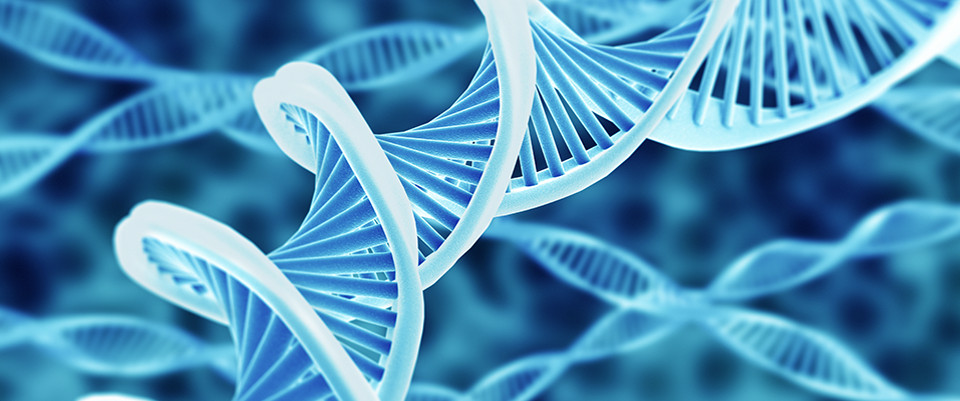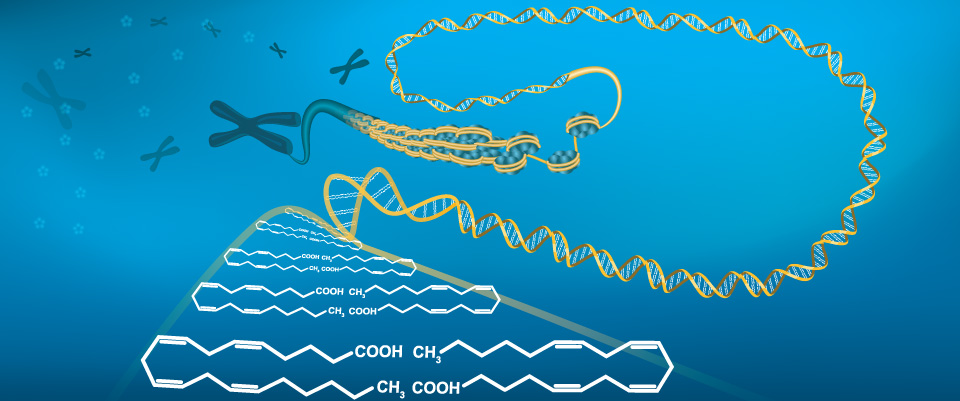Current Courses
Multi- and Megavariate Analysis in Omics Research (Course 2239)
This lecture is designed to provide a brief overview of metabolomics including its place in the field of so-called "omics technologies". In addition, an extended introduction to the KEGG database suite is provided including tutorial information. Lastly, these conecepts are incorporated into a brief summary of the field of systems biology.
- Course curriculum [PDF]
- Course material (very large files): Multivariate Analysis - Handouts, Exercises
- Multivariate Analysis - Handouts, Exercises and Solutions (will be provided during the course)
- Design of Experiments - Handouts, Exercises and Solutions (will be provided during the course)
- Multivariate Analysis in Omics Research - Handouts, Exercises and Solution (will be provided during the course)
- Map to course location: yellow arrows indicate entrance doors, red cross indicate the Sivert room.[PDF]
General and Organic Chemistry for the Biomedicine Program
Undergraduate course in general and organic chemistry.
- Substitution Laboratory lecture [PP]
SN 1 animation
SN 2 animation
- Stereochemistry lecture (geometric isomers, cyclohexane conformations) [PDF]
- Chirality lecture (enantiomers, stereoisomers and planes of symmetry) [PDF]
Systems Biology and the Omics Cascade (Course 2143)
Following successful completion of the course, the student will acquire a basic level of knowledge regarding systems biology and different omics-related technologies used in the acquistion of large-scale datasets. In addition, students will be updated on recent findings within these fields. Specifically, students will be able to:
Reflect on the utility of omics-related research in terms of hypothesis generation and experimental design. Relate to principle the appropriate applications of different computer programming languages and algorithms. Theorize on the future development of omics-related research approaches and systems biology, as well as motivate the answer.
Medical Biochemistry (Lipid Metabolism Module)
Undergraduate biochemistry course, with focus on human metabolism of carbohydrates, lipids, proteins and nucleic acids. The course content is especially directed towards chemical processes of medical significance. Laboratory and seminar based sessions provide advanced methods in biochemistry and their practical applications.
The Biology of Inflammation (Course 2388)
This course will provide students with a broad spectrum overview of the field of inflammation biology and present the different technologies and methods employed in this type of research. Specific aims include the following:
Convey to students the concept and rationale behind inflammation biology-related research approaches and experimental design.
Provide an overview of available experimental methods/models as well as resources available at the Karolinska Institutet. Explain the role of inflammation in the etiology of inflammatory-related diseases such as cardiovascular disease.
Educate students on the current state of inflammation biology and potential future research directions to assist students in applying this information to their research.
- .......
- .........
- .......
Proteomics and Bioinformatics
This lecture is designed to provide a brief overview of metabolomics including its place in the field of so-called "omics technologies". In addition, an extended introduction to the KEGG database suite is provided including tutorial information. Lastly, these conecepts are incorporated into a brief summary of the field of systems biology.
The necessary text files to perform the examples in the lecture:
- Sample microarry data [PDF]
-
KegArray sample microarry data [PDF]
- KegArray sample metabolite/compound data [PDF] A useful resource for a KEGG tutorial: Aoki and Kane hisa (2005) Using the KEGG database resource. Current Protocols in Bioinformatics. Chapter 1:Unit 1.12. (PDF)
- Publication of the KegArray tool for mapping omics data to the KEGG database suite: Wheelock et al (2009) Systems biology approaches and pathway tools for investigating cardiovascular disease. Molecular BioSystems 5(6):588-602. [PDF]

